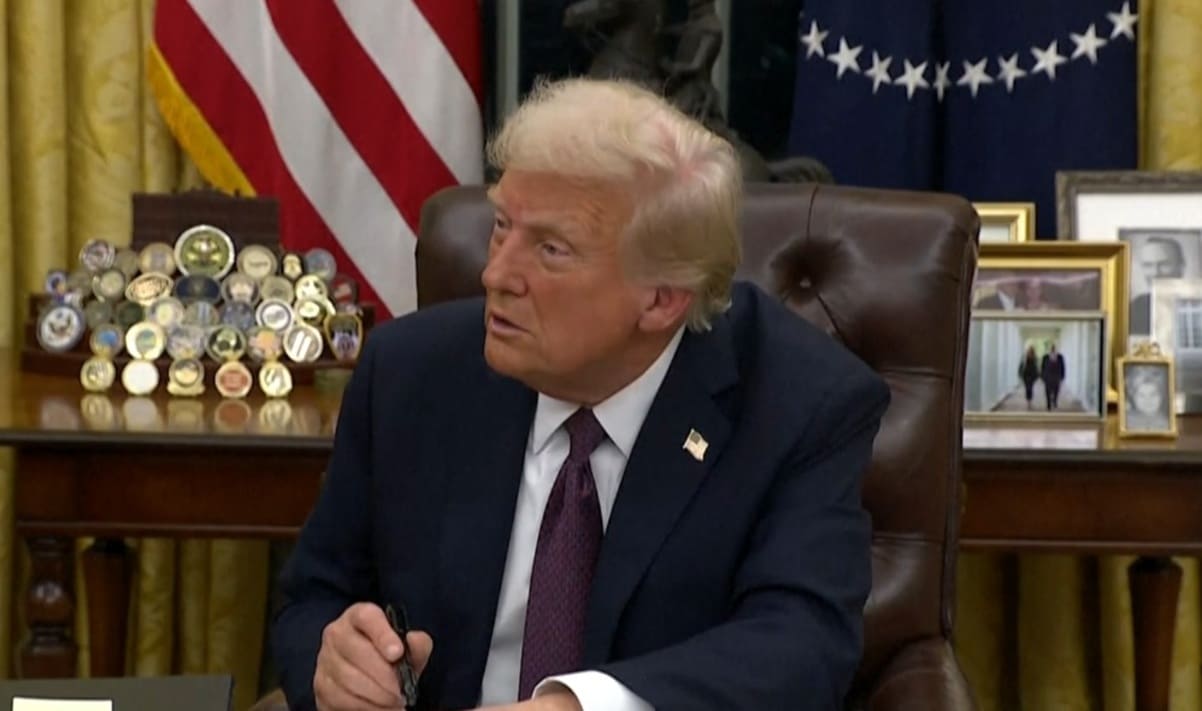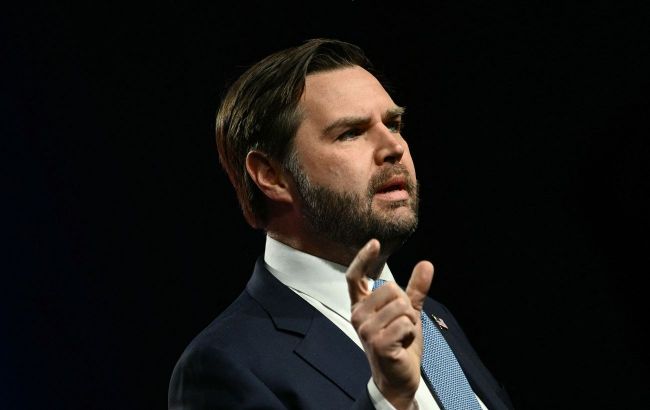US Government Shutdown Looms as Trump and Democrats Fail to Reach Agreement
The US government is facing a potential shutdown as President Donald Trump and Democratic leaders failed to reach an agreement on funding before the September 30th deadline. With stark disagreements over healthcare and spending priorities, hundreds of thousands of federal workers could face furloughs. Trump has blamed Democrats for the impasse, while Democrats accuse Republicans of refusing to negotiate.
The Standoff: Key Issues
The main points of contention revolve around healthcare spending and a "clean" funding bill. Democrats are pushing for the restoration of billions of dollars in healthcare spending for low-income households and the renewal of Affordable Care Act subsidies, while Republicans insist on a short-term funding extension without any changes to existing spending. The Trump administration has also threatened to cut benefits and implement mass public sector job cuts during any stoppage, further escalating tensions.
- Healthcare Spending: Democrats want to restore funding for low-income households.
- "Clean" Funding Bill: Republicans want a bill without any changes to existing spending.
- Potential Layoffs: Trump threatened mass layoffs of federal employees.
Trump's Stance and Threats
President Trump has asserted that the Democrats are "taking a risk" and warned of "irreversible" actions during a shutdown. He has specifically mentioned cutting "vast numbers of people out" and targeting programs favored by Democrats. Trump also blamed Democrats for wanting to provide healthcare to undocumented immigrants, which he claims would "destroy healthcare for everybody else." These statements highlight the increasingly polarized positions and the high stakes involved in the negotiations.
"We can do things during the shutdown that are irreversible, that are bad for them... like cutting vast numbers of people out, cutting things that they like." - Donald Trump
Democratic Response and Accusations
Senate Minority Leader Chuck Schumer criticized Trump's remarks, accusing him of using Americans as "political pawns." Schumer faulted House Speaker Mike Johnson for keeping the House out of session, effectively ensuring a shutdown. Representative Hakeem Jeffries assembled dozens of his members in front of the US Capitol to berate Republicans for being "on vacation" as the shutdown looms.
Potential Impact of a Government Shutdown
A government shutdown would have far-reaching consequences. Non-essential operations would grind to a halt, and hundreds of thousands of civil servants would be temporarily without pay. Essential services like social security, military duties, immigration enforcement, and air traffic control would continue, but many other services might be delayed or disrupted. The Congressional Budget Office (CBO) estimates that approximately 750,000 workers could be placed on unpaid leave each day.
| Area | Potential Impact |
|---|---|
| Federal Employees | Hundreds of thousands furloughed without pay. |
| Social Security | Benefits continue, but new applications may be delayed. |
| Air Travel | Flights continue, but potential delays due to staffing shortages. |
| National Parks | May be closed or have limited services. |
Historical Context and Future Outlook
The US government has experienced numerous shutdowns in the past, with the longest one occurring during Trump's first term, lasting 35 days beginning in December 2018. The current situation underscores the ongoing political gridlock and the challenges of reaching bipartisan agreements on budget and spending priorities. The outcome of the current standoff remains uncertain, but it is clear that a shutdown would have significant economic and social consequences.
 Visit the website
Visit the website







